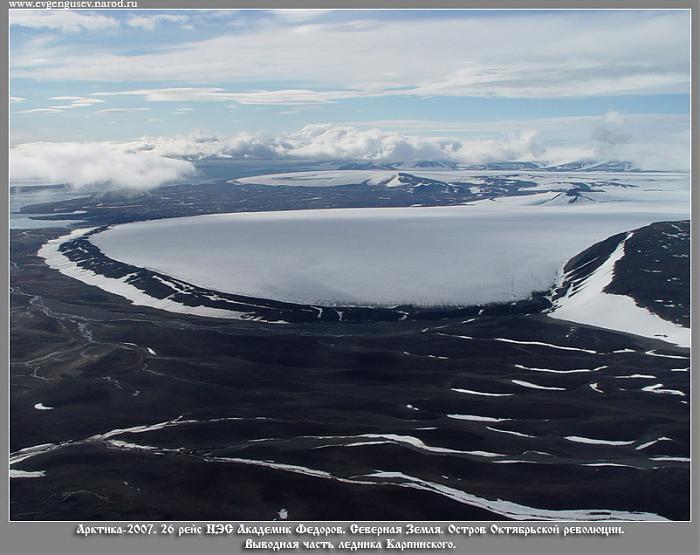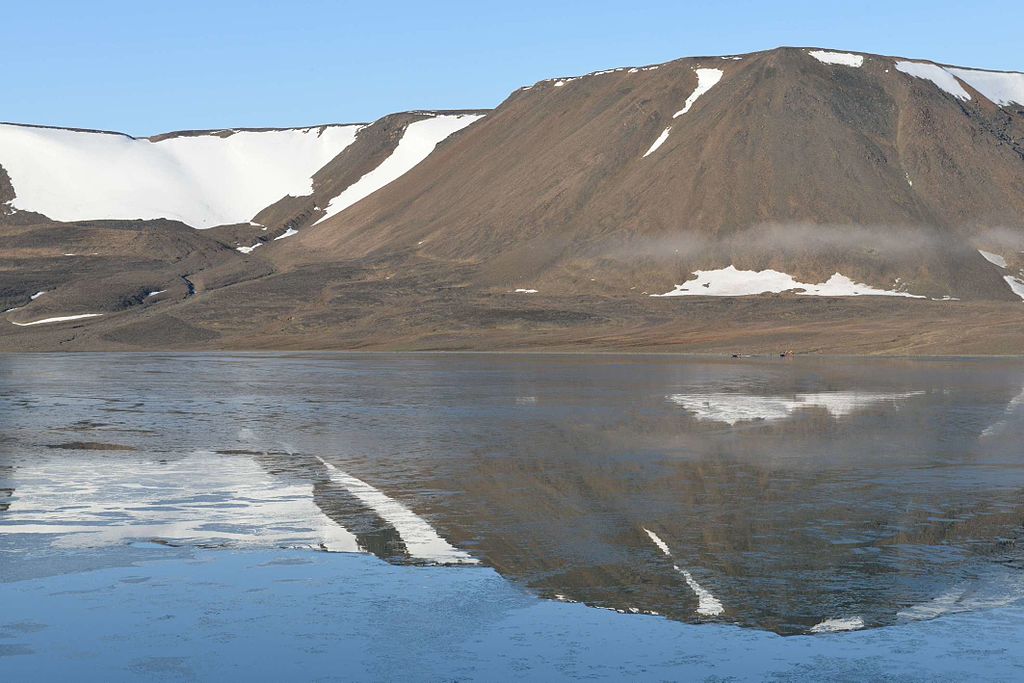Do you ever wonder where the last visited corner of the world was? In today’s age, it looks like our world map has been the same for centuries. You may not be aware that a late addition was made to our knowledge of the earth on September 3rd, 1913.
In what was going to be the final chapter in the Great Northern Expedition, Boris Vilkitsky led a series of ships along the Northeastern coast of Russia. Peter I the Great had financed this expedition in order to better map the Russian shore all the way to its Eastern side. On September 3rd, the 2 icebreakers of the Vilkitsky arrived at what eventually was named October Revolution Island, part of the Severnaya Zemlya archipelago. However, at the time, due to the amount of ice, it was believed the archipelago formed a single island. It took an additional 2 decades, until the first formal expedition surveyed the archipelago, to discover its actual layout. The 4 main islands that form the bulk of the group are relatively big islands. October Revolution, its largest, is the 59th biggest in the world. Covered with ice and glaciers, they can reach an altitude of almost 1000 meters.
During the first thorough survey of the archipelago in 1931, the expedition leader, Georgy Ushakov, made the following statement, that gives one a sense of what a desolate place this last corner of the world is:
I have seen God-forsaken Chukotka Peninsula, blizzard-ridden Wrangel Island, twice visited fog-enshrouded Novaya Zemlya, and I have seen Franz Josef Land with its enamel sky and proud cliffs garbed in blue, hardened glacial streams, but nowhere did I witness such grimness or such depressing, lifeless relief…
One of the more southern islands, Bolshevik Island, actually hosts a polar base called Primakh. It’s a common starting point for North Pole expeditions.




